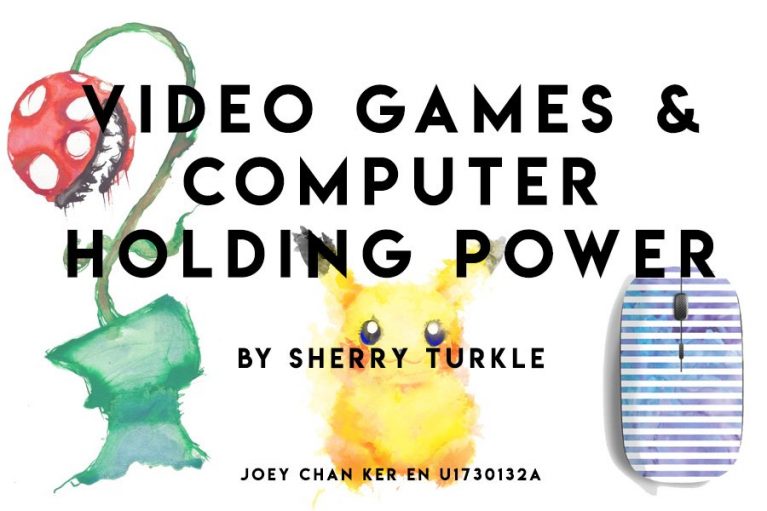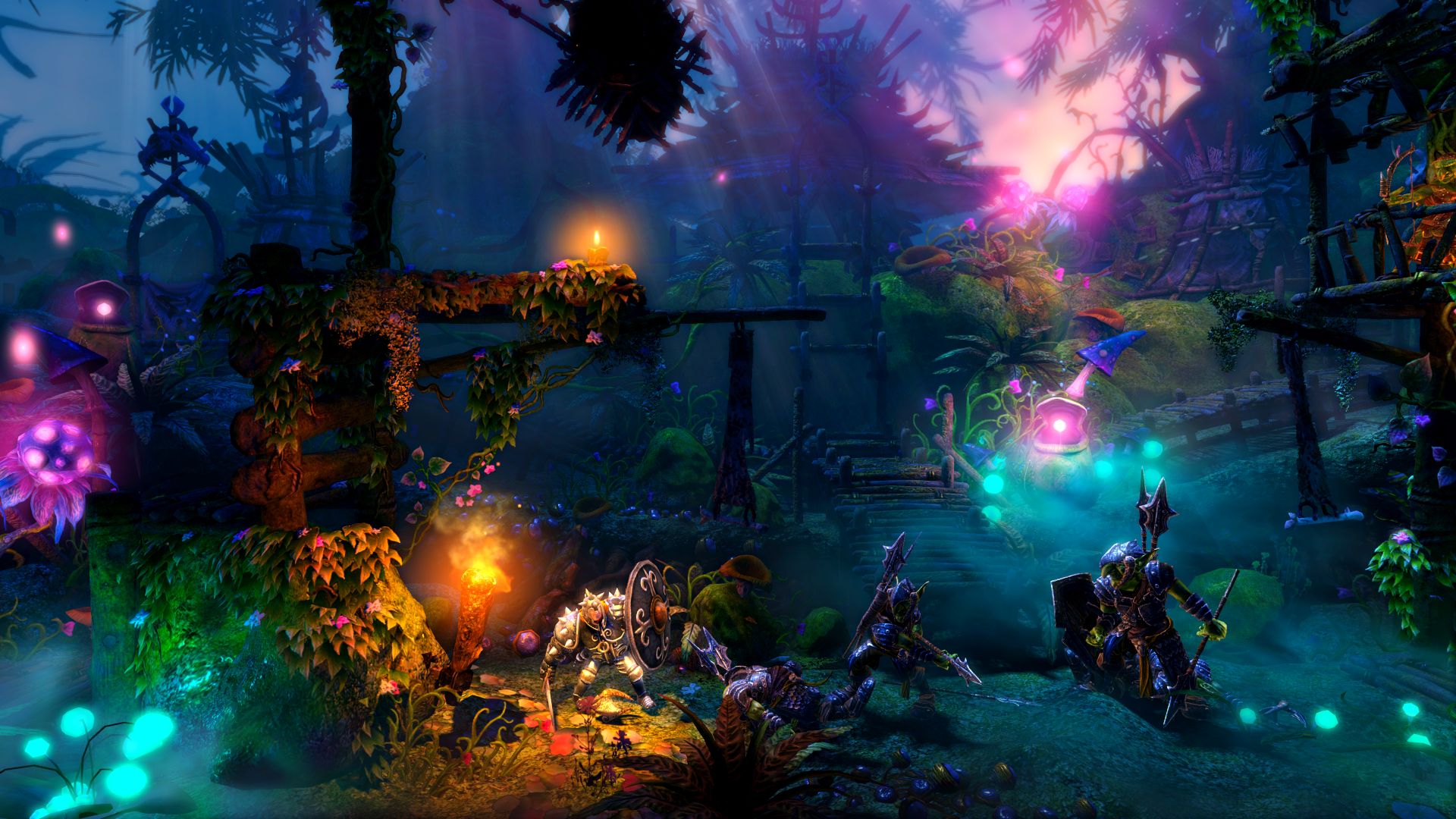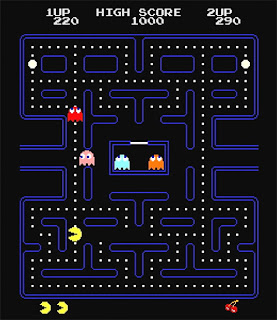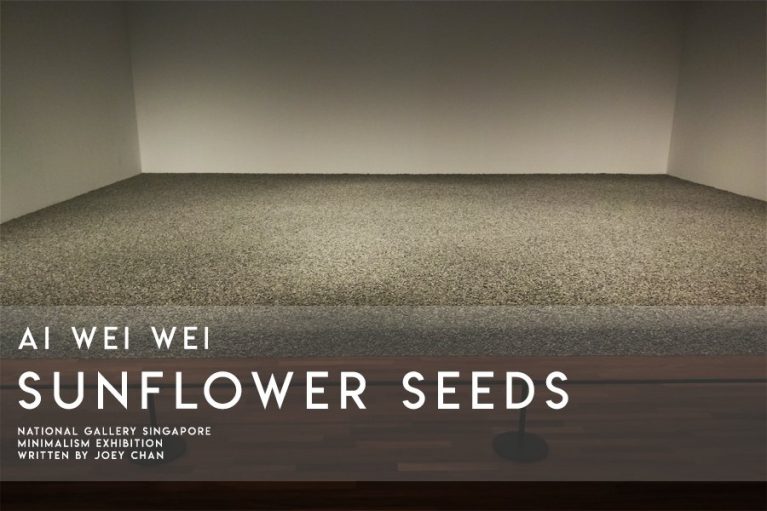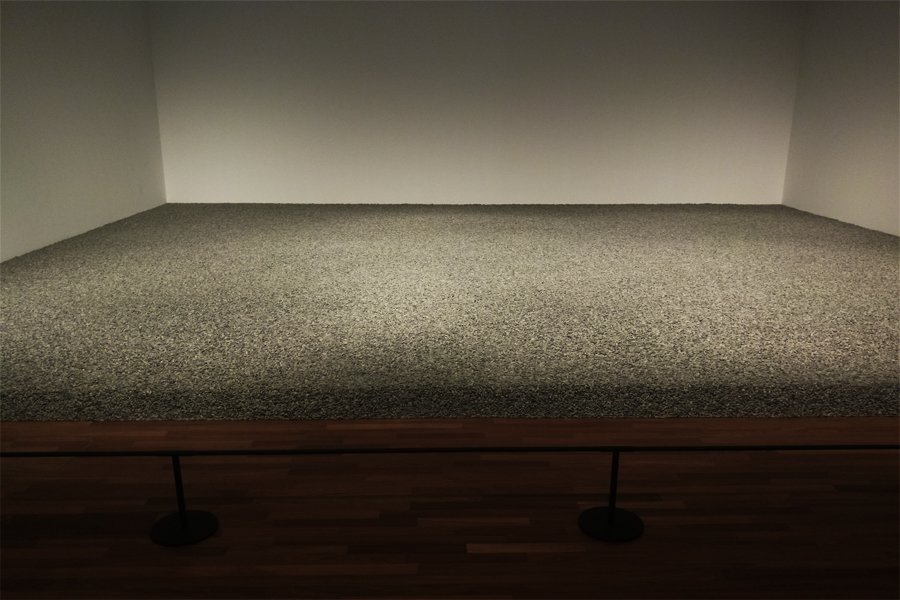New Media Reader:
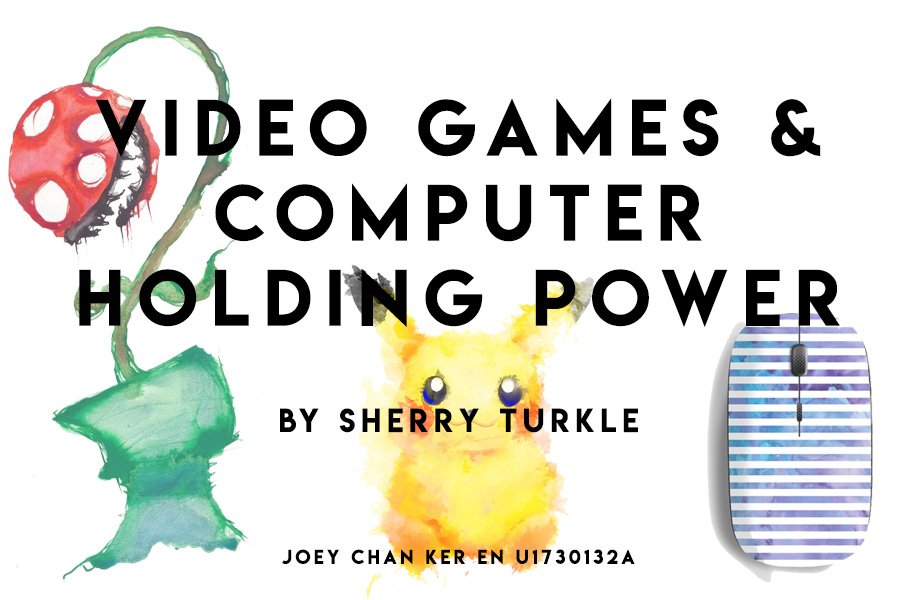
Computer games, termed as “Interactive computer microworlds” by Turkle, holds humanity hostage with its ‘holding power’, “possessing’ players to try repeatedly whenever they fail.
Mastering a game is alike figuring out the rules behind the game mechanism and hence being more superior, which serves as a satisfaction when the challenges are overcome. Gaming then becomes a fact of life instead of an advantageous technology, eventually threatening the gap between the older and younger generation.
Trine, a 2D-Adventure Puzzle Game which utilizes puzzle-solving to get through the game. The mechanisms are complicated as you switch between players, which is something that is potentially hard for older people to grasp due to its complexity.
Video games also offer a liberation away from reality and becomes a “perfect expression of the player’s actions”. A conversation between the escapee and the world that welcomes it is formed, which allows one to forget about the complex social hierarchies in the real world and instead welcome the neutral indifference between all players. The world is now equal, and everyone starts from the same level, which motivates players to improve and gain more control over their ‘reality’ via gaming prowess.
Pacman, which also shares the same concept
An example stated by Turkle is Pin-Ball, where the previous scores has no effect on the next round. Our imagination is also tested and expanded in these virtual microworlds, which gives the player another reason to stay.
Pinball on Windows XP
In conclusion, video games allow one to have complete power and control over their own actions while losing themselves in the more favourable virtual reality. It is an addictive sphere which provides sanctuary from the tougher real world. It serves as a form of “meditation”, which gives players ground zero and the opportunity to build up their virtual lives fairly and subsequently become someone they are proud of.
[260 words]

